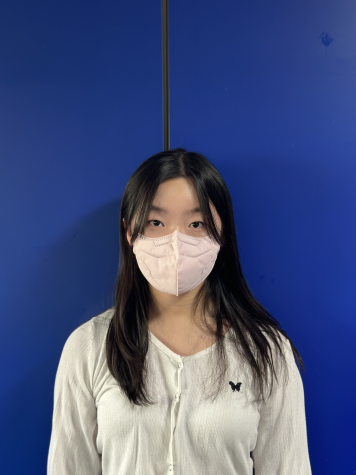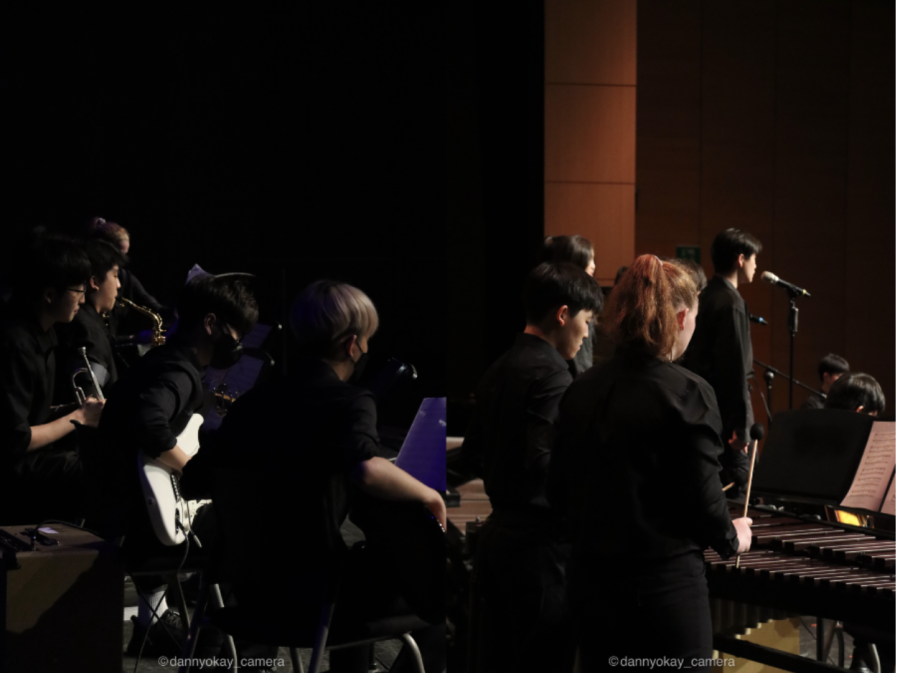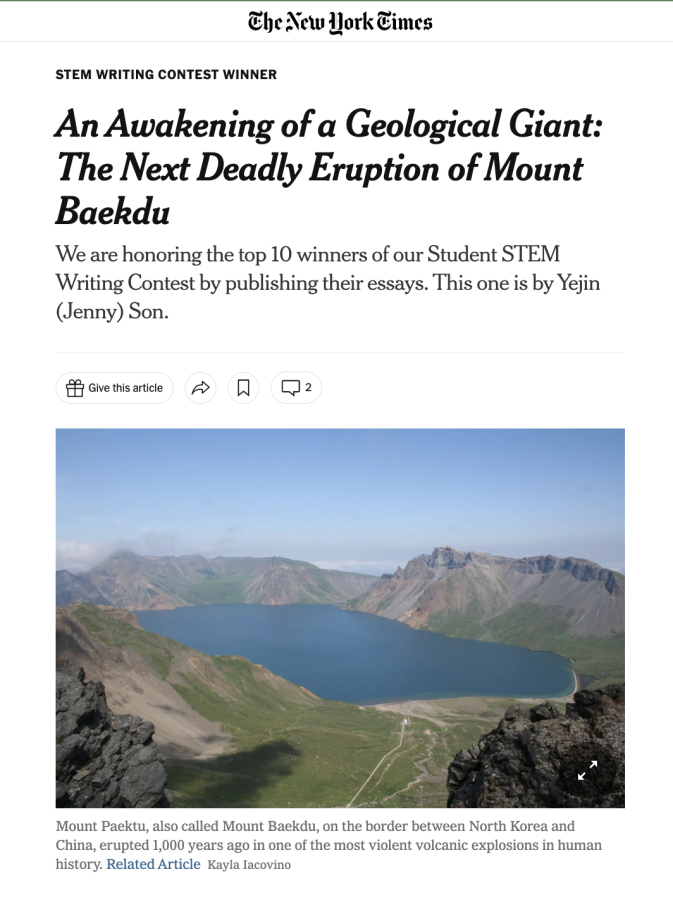OpenAI Announces the Release of GPT-4: The Next Breakthrough in Artificial Intelligence
OpenAI, the leading research organization in artificial intelligence, has recently announced the release of their highly anticipated new language model, GPT-4 (Washington Post). This new model promises to be a major breakthrough in the field of AI, surpassing the capabilities of its predecessor, GPT-3, and pushing the boundaries of what is possible in natural language processing.
GPT-4, like its predecessor, is a machine-learning algorithm designed to generate human-like responses to given prompts. However, unlike GPT-3, which has a mere 175 billion parameters, GPT-4 is expected to have over 10 trillion parameters, making it the largest language model ever created (Forbes).
With such a massive increase in computational power, GPT-4 is expected to be capable of performing a wide range of tasks, from natural language processing and machine translation to content creation and even scientific research. OpenAI has stated that GPT-4 will be capable of generating more accurate and coherent responses than its predecessor, making it an even more powerful tool for businesses and researchers alike (OpenAI).
While the release of GPT-4 is certainly exciting news for those in the field of artificial intelligence, it is also important to consider the potential ethical implications of such a powerful tool. OpenAI has already come under scrutiny for the potential misuse of its language models, particularly in the creation of fake news and disinformation (NBC New York).
To address these concerns, OpenAI has pledged to maintain strict ethical standards in the development and deployment of GPT-4. This includes limiting access to the model to responsible organizations and individuals, implementing safeguards to prevent misuse, and conducting ongoing research into the potential societal impacts of AI (TS2 Space).
Despite these challenges, the release of GPT-4 is a major step forward for the field of artificial intelligence, and has the potential to revolutionize the way we communicate and interact with technology. As we continue to explore the capabilities and limitations of these powerful new tools, it is important that we approach them with caution and responsibility, in order to ensure that they are used for the greater good of society.

Hello! I am Shine Lee, a member of Chadwick Waves. This is my first year in both upper school and my first year in CI Journalism. Mostly, I enjoy literature...















